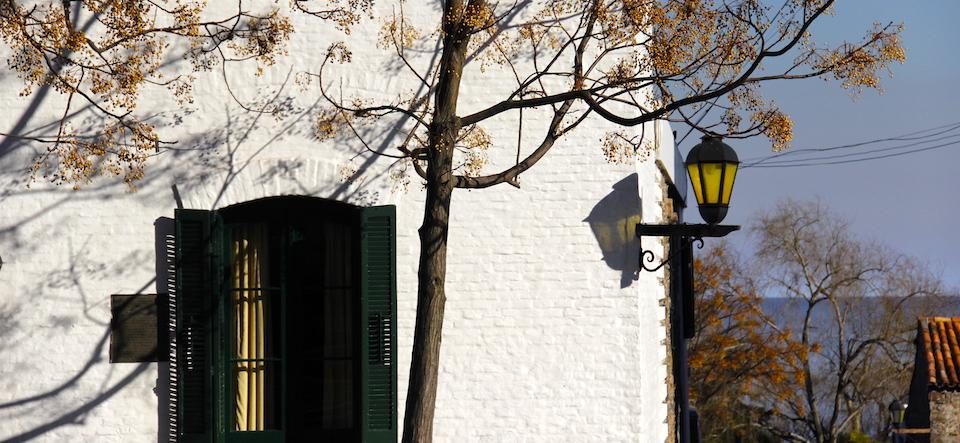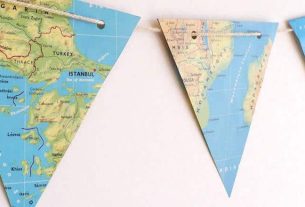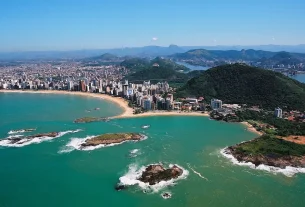Visiting Colonia del Sacramento, in Uruguay, is no secret: the city’s main attraction is the city itself. Full of colorful houses, stone streets, tree-lined squares and friendly churches, this is one of those travel destinations that make us enchanted and want to come back again and again, just to enjoy the atmosphere of the place.
Colonia usually enters people’s itineraries like a day trip to Buenos Aires or Montevideo. The closest Uruguayan city to the Argentine capital is easily accessible by boat. Anyone leaving Montevideo can go by bus or car. Whatever means of transport took you there, take a map when you disembark and walk. Walk. Walk a little further.
The city is small, you will see everything in a couple of hours, but don’t be in a hurry. Stop for a coffee in one of the charming restaurants with sidewalk chairs, rest by the River Plate, admire the little houses, enjoy city life. If you have time, stay the night and enjoy one of the most beautiful sunsets I’ve ever seen in my life.
Just because it’s close to home doesn’t mean you can travel without insurance: Find out why you should take out travel insurance to go to Uruguay and how to guarantee one with good coverage (and at a discount).
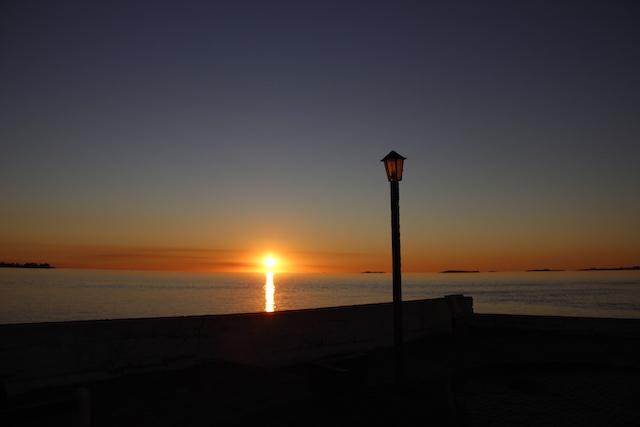
And take photos. Lots of! Every corner of the city is charming and deserves to be clicked on. Pay attention to the details, because I’ve never seen a more photogenic place than Colonia del Sacramento. As it is, it looks like a scenic city.
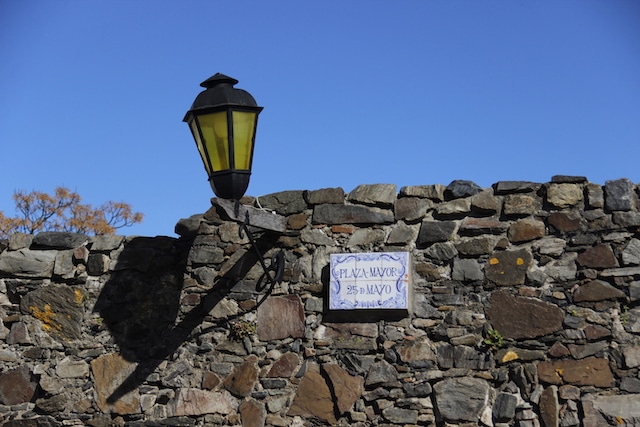
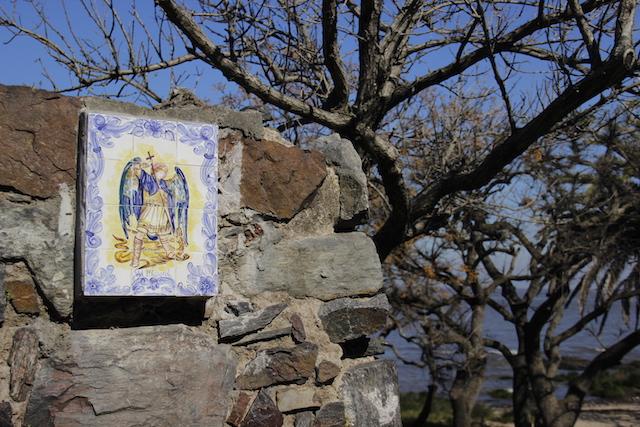
See also: How to get to Colonia del Sacramento
Founded in the 17th century by the Portuguese, the city had not even completed a year of life when it was taken over by the Spanish for the first time. After that, it was a century of disputes in the greatest catch-up style between the two empires – each time one of them was in command.
In the end, Spain won, but Portugal’s presence can still be felt in the city, which has, in addition to an interesting history, unique architecture in the country, which mixes a little bit of Portuguese and Spanish charm.
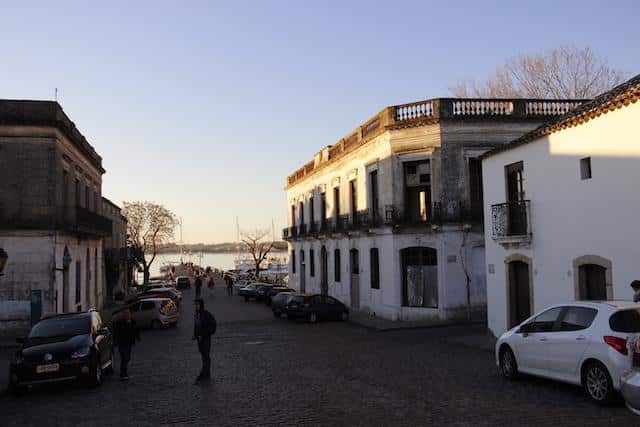
Perhaps it was because of this Portuguese influence that I found the city to have a huge Minas Gerais feel – the quiet life and historic buildings on cobblestone streets reminded me of Macacos or Lavras Novas. But the Rio da Prata, which I could only call a sea because it was so big, was always there to remind me that the best comparison might be with Paraty.
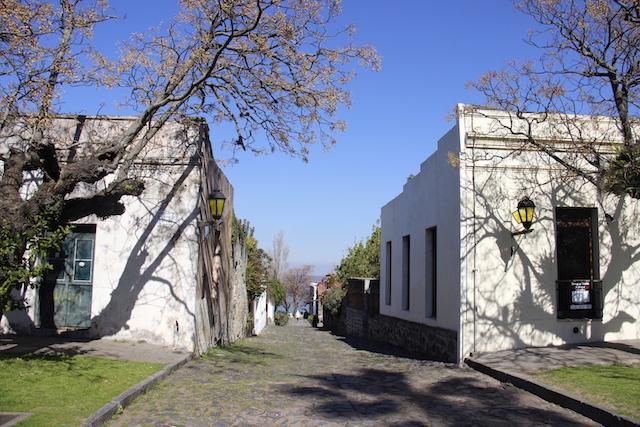
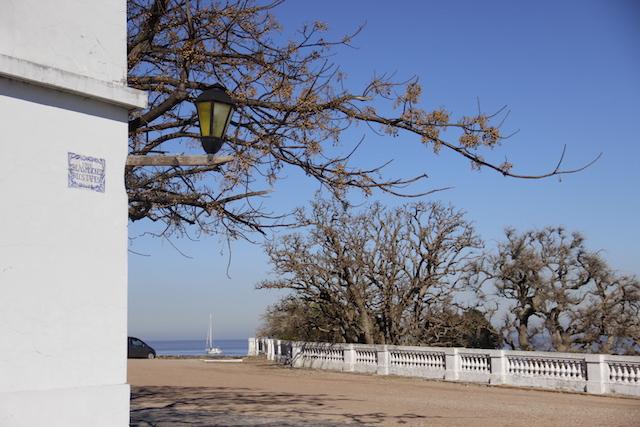
On your wanderings, you will certainly come across Rua dos Suspiros, the oldest in the city. The age of the alley is clear both in the old buildings and on the floor. It’s as if this single street had stopped in time when the Portuguese made their home there.
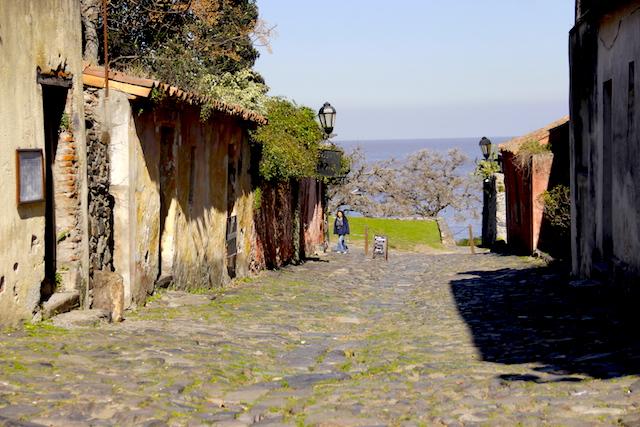
Another building that draws attention is the Portón de Campo, the gateway to the old city. The gate was only built in the 20th century, but it is still possible to see the remains of the wall built to defend the colony. (Tip: this is a good place to get a map, at the tourist information center nearby).
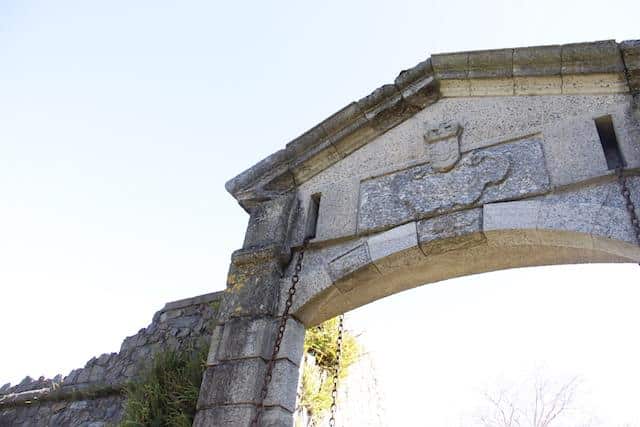
If you like seeing places from above, it’s worth climbing the lighthouse (15 pesos), which is close to Plaza Mayor (the main square, close to the Church), the ruins of the convent and a crafts fair.
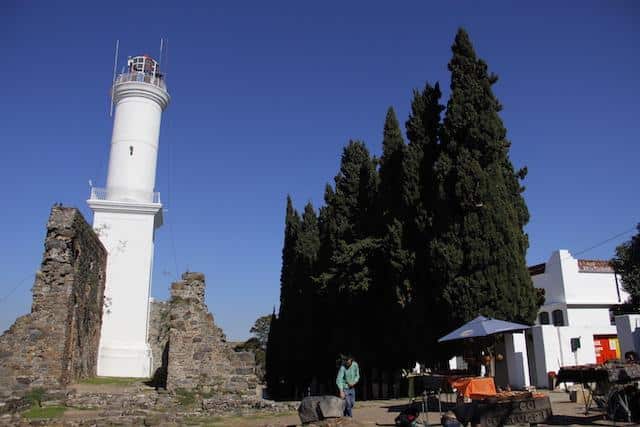
The city has some museums, such as the Portuguese Museum, the Azulejo Museum or the Naval Museum, but honestly I preferred not to waste time inside four walls with so much to appreciate outside.
Read too: Where to stay in Colonia del Sacramento
After exploring the center, I advise you to take a pleasant walk along the river and the wall and, perhaps, sit there for a while while enjoying the landscape and tasting a good Uruguayan wine.
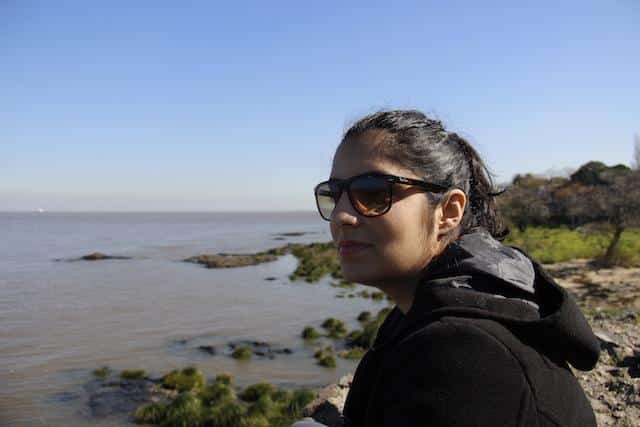
When I went, some friends rented one of those carts in the photo and we followed the road that borders the beach to the Plaza dos Toros, an attraction further away from the center, 3 km away. The place is an old arena that hosted bullfights until the beginning of the 20th century, when they were banned in the country. Today, the place is closed to visitors and is at risk of collapsing. If you want, you can take a walk around it and use your imagination to understand what it was like at the time, but I don’t think the tour is essential.
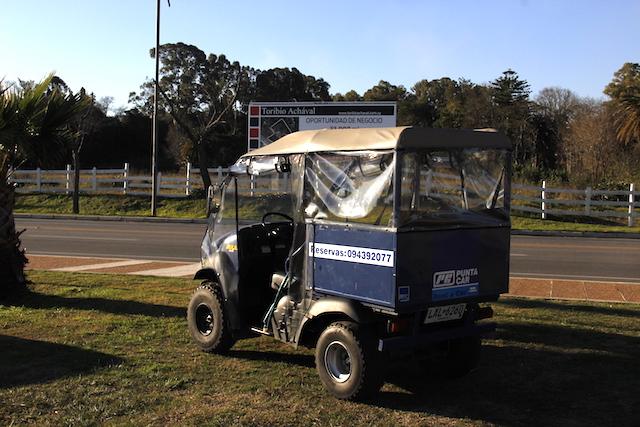
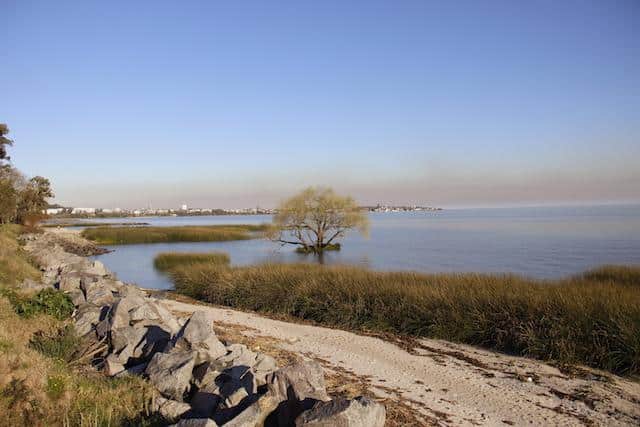
Want to receive more travel tips?
Then like our Facebook page
follow him @360meridianos no Twitter
See our photos on Instagram
Receive new posts by email
Sign up for our newsletter

Sign up for our newsletter and stay up to date with exclusive news
that can transform your routine!
Warning: Undefined array key "title" in /home/storelat/public_html/wp-content/plugins/link-whisper-premium/templates/frontend/related-posts.php on line 12
Warning: Undefined array key "title_tag" in /home/storelat/public_html/wp-content/plugins/link-whisper-premium/templates/frontend/related-posts.php on line 13

